History
LaChiusa
La Chiusa dates back to the Etruscans in 1000 BC, where you can still find Etruscan tombs on the property. Our land was originally owned by a Roman soldier named Ansano Landucci in the year 300 who later became a member of the nobility in ancient Tuscany.
It was passed down generation to generation in his family. With special permission from Pope Paul I, in the 700s, stones were taken from the Abbey of Saint Mary of Follonica to construct what is now the dining room. Additionally, a toll and guard complex was built to collect taxes from travelers on the ancient Montefollonico to Montepulciano road in the 800s.
In the late 1200s it is rumored Ghino di Tacco “the gentleman thief’, a sort of Robin Hood of Tuscany, used LaChiusa as a resting place between raids in the Val d’Orcia. During that period, the large kitchen was also used by area farm houses as a collective kitchen.
The last “Landucci” to own LaChiusa was Faustina Pecci Landucci, who designed and created the Marselli Garden in Montefollonico to support the peasants working on the various Landucci properties. She turned it into an olive mill in the late 1700s, where it was enclosed by 1000s of olive trees–thus the name ” La Chiusa (the closed).
Count Martini di Cigala, owner of many properties in the area and in Chianti, acquired the property in the late 1800s and continued to operate the olive mill and and make textiles.
There have only been 2 owners of LaChiusa in the last 300 years–thus contributing to its historical and factual relevance.
It was transformed into its modern structure as a hotel and restaurant in the 1973.
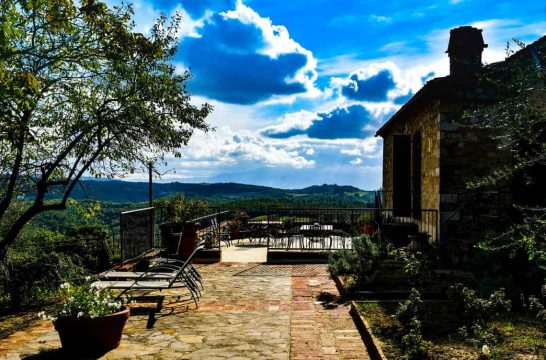
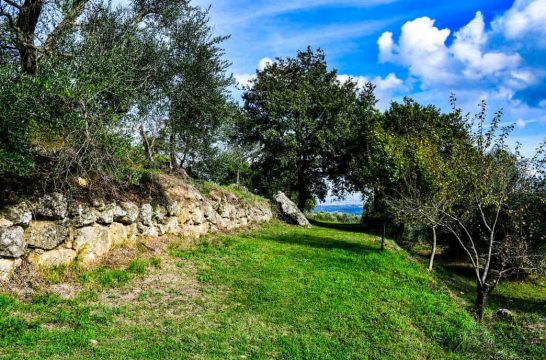
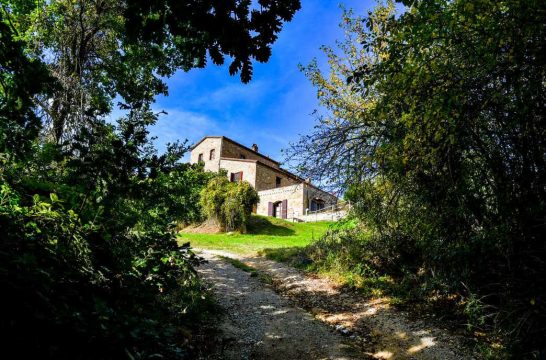
Montefollonico
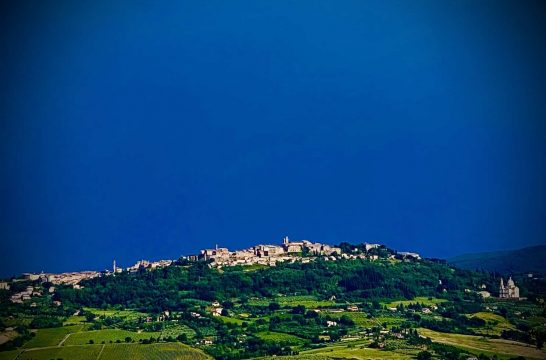
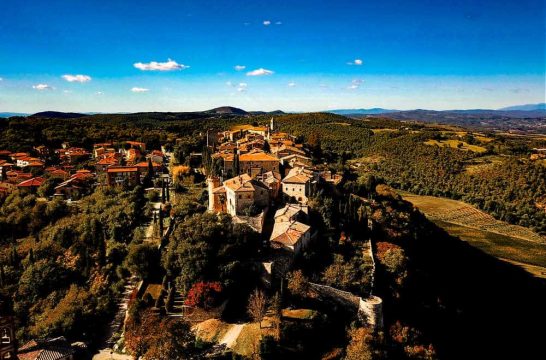
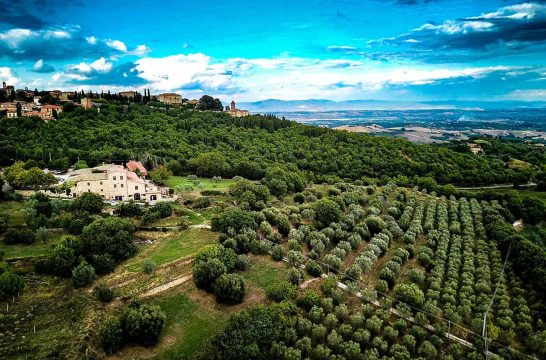
The village of Montefollonico is located atop a hill between the Valdichiana and the Val d’Orcia. Its foundation dates to the around the year 1000, but many artifacts have been found that attest to some kind of settlements in the area as far back as Prehistory.
The name comes from “Fullonico,” the first mountain settlement near the Conventaccio (Abbey of Cassinese monks dating to the 8th century) which, taking advantage of a nearby “trench,” engaged in follatura, working and dyeing wool. The first fortification dates to the 6th century, when the name changed from Monte a Fullonico to Montefollonico. But at the beginning of the 1200s, the fortified castle, being in a borderland, took on great strategic importance for the Republic of Siena, to whom the town remained loyal for more than a century.
Montefollonico is off the beaten track and has maintained its image as a small village that measures the seasons with the chimes coming from the bell tower. The historic defense walls, largely surviving, enclose small gems of “minor” architecture: the Church of San Leonardo is one of the most important traces of Romanesque architecture in the Sienese territory; the Church of San Bartolomeo dates to the 12th century and is perhaps the oldest in town; and Palazzo della Giustizia bears an emblem on its façade.